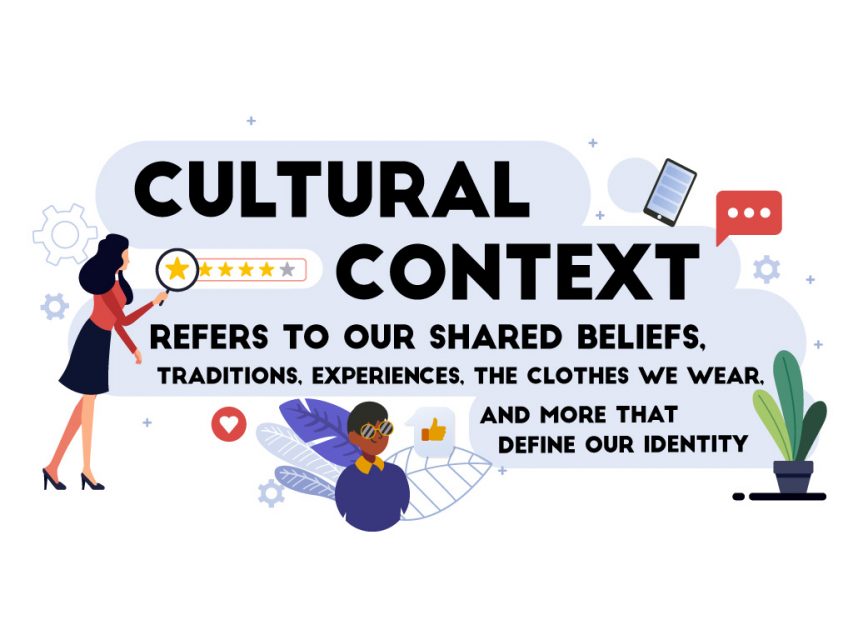Today, technology is at the heart of everything we do. The ubiquitous nature of mobile devices, cloud computing, and digital transformation initiatives has created a significant demand for software engineers.
According to the US Bureau of Labor Statistics, the employment of software developers is projected to increase by 21% from 2018 to 2028. That number is much higher than the average listed for all other occupations.
As a result of the ongoing global tech talent shortage, the demand for software products outpaces supply currently in production.
When time to market is critical, as a product owner or project manager, it’s your responsibility to get creative and find solutions for the skills gap, but this is not always easy.
So what do you do?
Work in Dispersed Teams
As COVID-19 world wide quarantine demonstrated it’s quite possible to be productive while working in geo-separated environment. It is not necessary for all to be in the office at the same time. So leverating staff augmentation and building a remote dedicated development team would fill the need for talent. However, just plain dry technological interaction does not always make a successful outcome, you have to consider other social variables before making a decision to grow by adding remote team members.
This is when the question of Cultural Context comes into play. Even if your developers are in another country, they need to be able to seamlessly integrate into your team and perform at the highest level. The primary social engineering skill which must be considered is their in-depth understanding of your local cultural context.
What is Cultural Context?
Cultural context refers to our shared beliefs, traditions, experiences, the clothes we wear, and more that define our identity. As we work in more diverse teams that cross geographic locations, languages, and cultures, sometimes important concepts can get “lost in translation.”
For example, when outsourced software development projects fail, it’s rarely due to a lack of expertise. Most often, projects derail or collapse because of poor communication. In this scenario, it’s not about the language. It’s more about the lack of local cultural context.
Programming is pretty straightforward, but writing the code with an in-depth understanding of the business requirements, business context, and the target audience can be a challenge.
As there are many cultural influences and nuances when communicating with teammates and stakeholders, little things can get missed, affecting team performance. Project managers and product owners need to understand that there’s cultural diversity, increase awareness, and demand mutual acceptance.

High-Context Culture
Cultures (most often) are either high-context or low-context, to varying degrees. In a high-context culture, for example, similarities are an important characteristic. In this scenario, people typically share the same ethnicity, the same level of education, history, and more.
As these experiences are shared, people generally assume the audience will understand the contextualized messages in their writing or speech. If you ask an Eastern European developer to “hit a home run” with their solution, for example, they may not understand the reference.
Low-Context Culture
In a low-context culture, it’s the opposite. As everyone’s experiences are usually diverse, the focus is on the individual. As there are many differences, to effectively communicate, your messages have to be simple enough for everyone to understand.
Address the Cultural Differences
It’s critical to build the local cultural context before embarking on the development project. In the past, IT outsourcing providers were able to achieve this by sending their software engineers onsite.
However, after the Trump administration policies led to the rejection of H1-B visas at scale, this is no longer a viable option. So working with dispersed augmented development teams is your best option.
However, even if you’re a seasoned scrum master or veteran product owner, if you don’t address the potential cultural differences right from the beginning, you might not be able to effectively communicate with your team.
We find that it helps to get all stakeholders and team members together in the beginning to discuss the potential cultural differences. While it might take some time to make everyone feel comfortable and contribute to the discussion, it’ll help to address potential issues right from the start.
Optimize Communication Skills Through Teaching
At Intersog, for example, we hire highly skilled non-English speaking developers in Ukraine. But before they get involved in any development project in North America, they have to attend a rigorous English course with classes (three times a week) conducted by a native speaker from California.
When these developers/students start communicating in English, they already understand all the local cultural context and the nuances that are embedded in American English. So that baseball analogy (mentioned above) won’t go over their heads (or misunderstood).

Find a Local Subject Matter Expert for Mentoring
If your development project is highly specialized and industry-specific, it’s best to engage a local subject matter expert to mentor the whole team (both in-house and remote developers).
If you’re working on a FinTech product, for example, having a mentor on board to share insights and coach the team can help put the project in business and cultural context. In our experience, this approach helps add greater value to the development project and the end software product.
When you add a local context that’s industry-specific, it helps save time and resources. This is because both your in-house and remote developers will have a better understanding of the industry and the target audience.
So before you embark on your next project, start thinking about embedding local cultural context before a single line of code is written. This approach will also ensure that your dispersed team is clear about their specific roles and responsibilities.
At Intersog, we have worked with cross-functional development teams in Canada, Israel, Mexico, Ukraine, and the United States for years. This experience has helped us refine the processes of building a local cultural context into our successful software development projects.
To learn more about building a local cultural context into your next project, schedule a commitment-free consultation.






